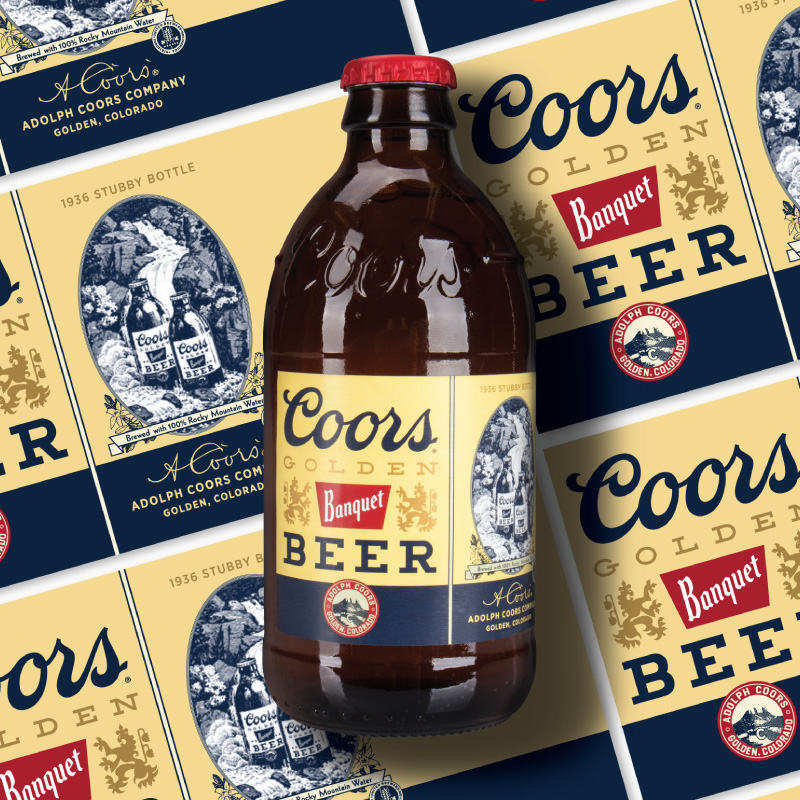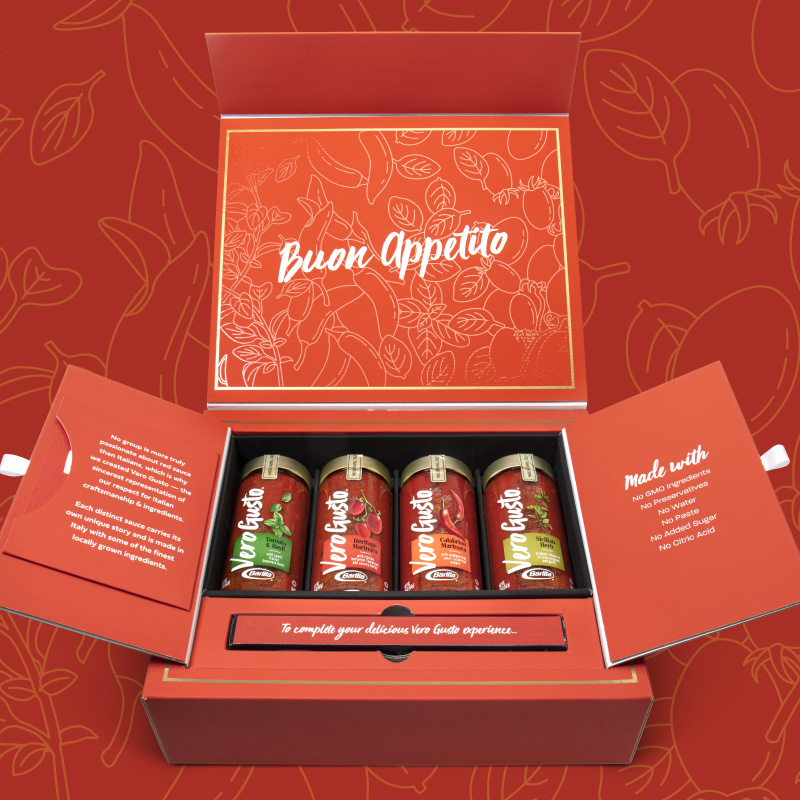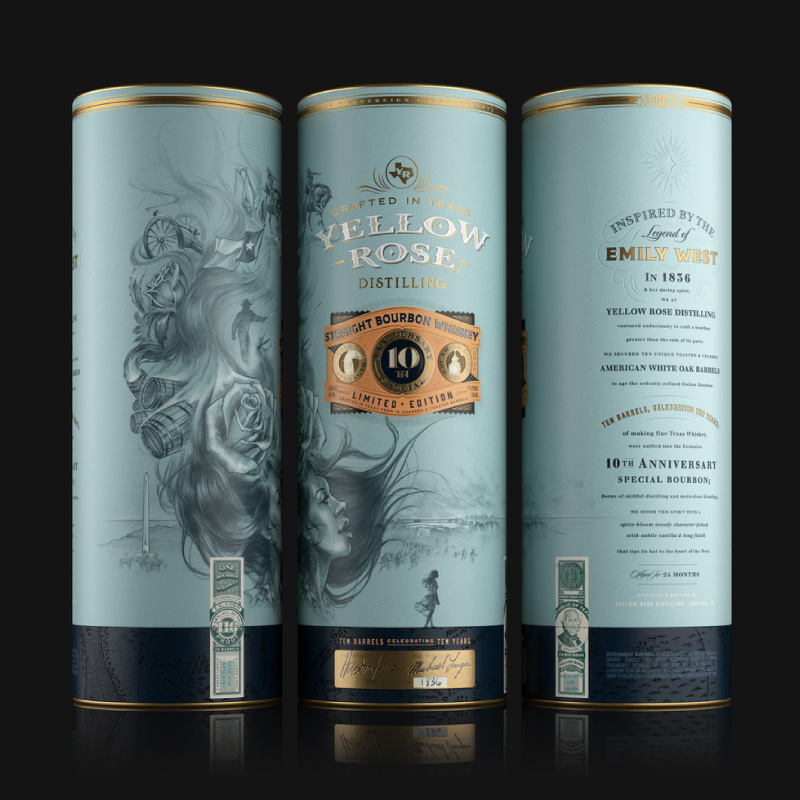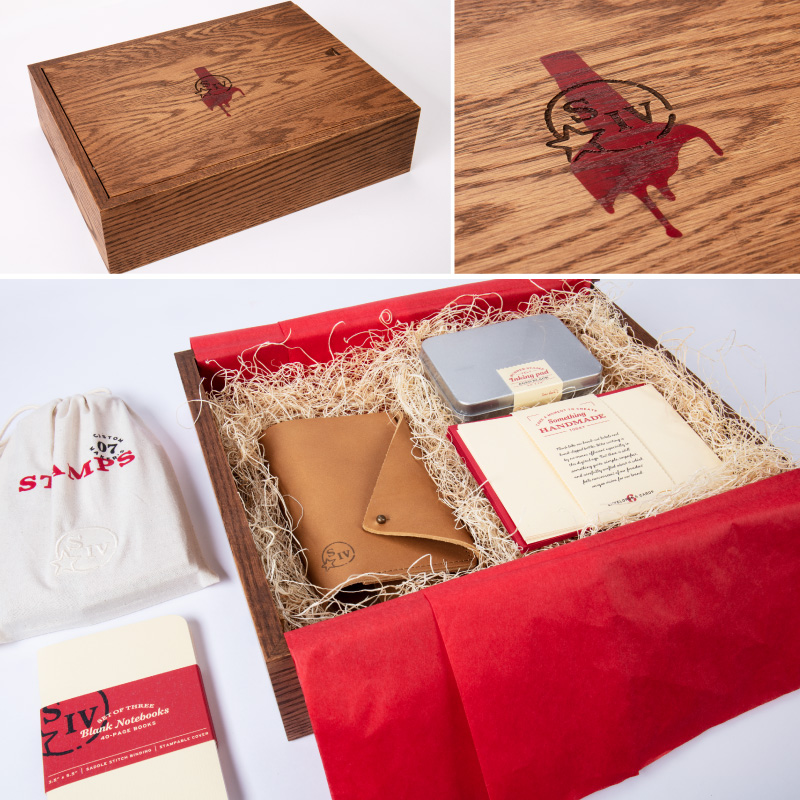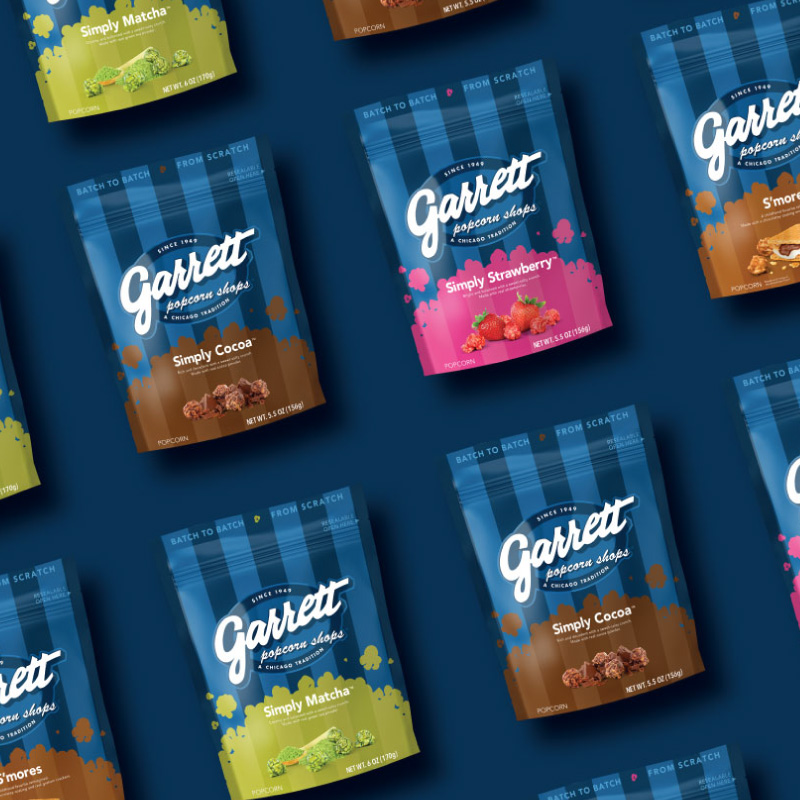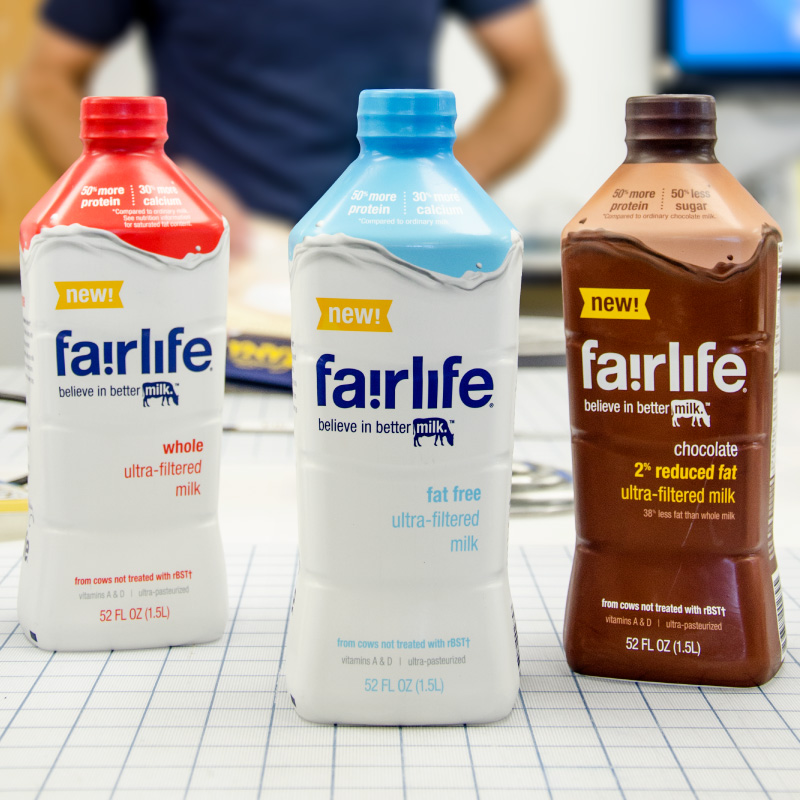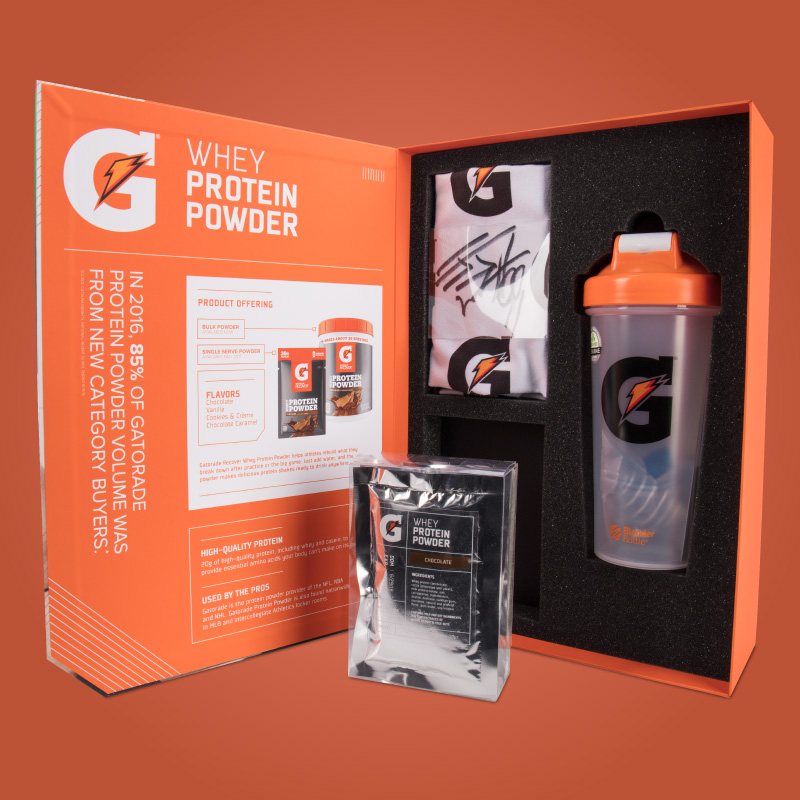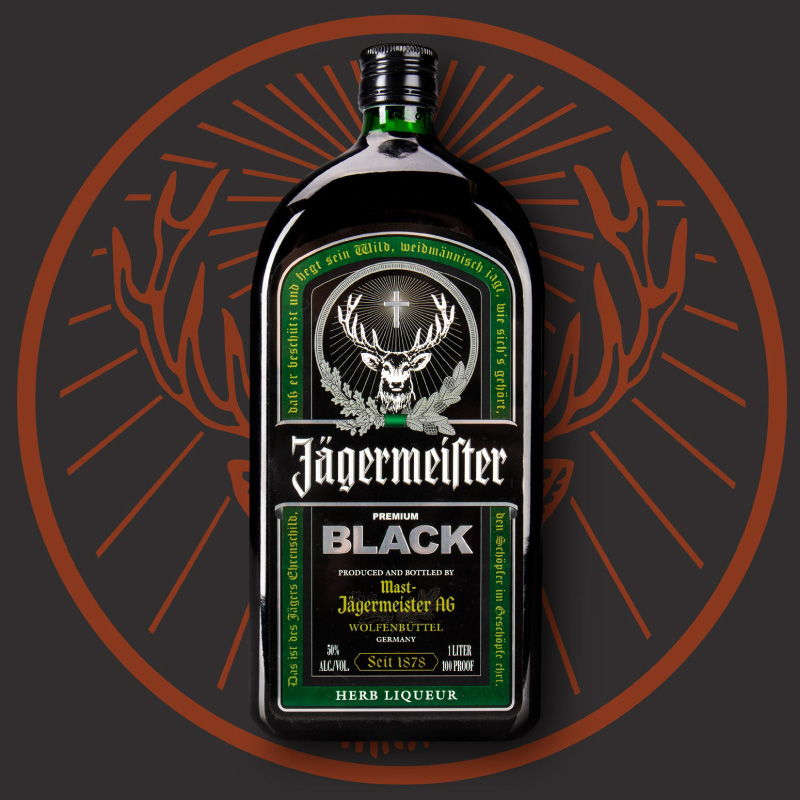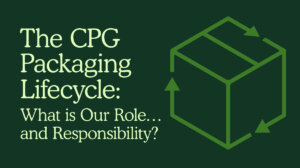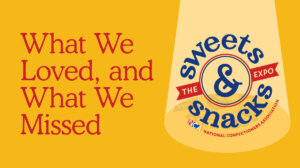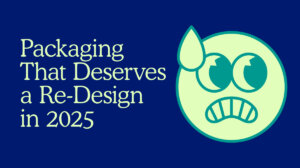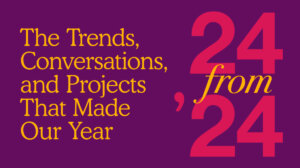Our Capabilities
Prototyping
With some of the most comprehensive capabilities in the country, our prototyping team leads the industry in brand packaging support services. From proof of concept through execution at shelf, we work collaboratively with our clients and each other to seamlessly execute design intent and deliver results through every stage of a project.
Packaging Comps
& Mock-Ups
A well-executed mock-up brings color, form, structure and graphics together, providing a brand-centric perspective on the design intent. In our state-of-the-art model shop, we can build samples for broadcast, digital, and print, as well as routing, feedback, consumer research, and production alignment.
Prototyping
& Prove-out
Sometimes, you need to hold something in your hands to prove its merit. Our model makers have the experience, talent, and technology to develop packaging concepts for structural prove-out, research, and evaluation at all stages of the design process.
Sales
& Influencer Kits
Sales and influencer kits are influential marketing tools, and yet another touchpoint of brand expression. From ideation to design to assembly, we offer comprehensive solutions to deliver impactful brand experiences and maximize ROI.
Digital Renderings
& Retouching
When consumer packaged goods clients need high-fidelity, photorealistic results for print, broadcast, or ecommerce, the Kaleidoscope team can deliver digital renderings for fast and cost-effective 3D concept evaluation.
In-Market
Test Samples
Need samples fast? Our team can produce high-quality, quick-turnaround retail packaging samples in quantities of 1 to 10,000, and our ability to customize a solution for any variation of finished packaging prototype is unsurpassed.
Color
Development
Whether you’re exploring color across new substrates, reviewing proofs for design approval or are in need of consistent artwork across regions with varying manufacturing constraints, our experts are experienced in managing some of the world’s largest color libraries.
I need to…
Work with a strategic partner on upstream innovation and pipeline development
What does your ideation process look like? We’ll bring teams together to assess consumer needs with empathy, then discuss, sketch, and create real-life prototypes of what your brand’s next big idea could look and feel like. It’s the perfect combination of blue-sky thinking and tangible evaluation.
Build and distribute prototypes in support of advertising and marketing activities
Packaging plays a role off the shelf, too. If you need accurate (or larger-than-life) samples for broadcast or photo shoots, editorial work, trade shows, in-store experiences, or something else, give us a call. Let our prototyping team build your vision.
Develop meaningful on-brand sales and influencer kits
There is something magical to an opening ceremony. Whether you’re partnering with an influencer, communicating with the press, or sending advance samples to your sales team, our team is deeply experienced at creative conceptualization and prototyping.
Supply high-quality digital renderings for E-comm marketplaces
How is your packaging represented online? Is it easy for consumers to see the details, and do they have enough information to Add to Cart? We’ll produce high-fidelity renders that ensure your brand and product attributes come through loud and clear, from desktop to mobile.
Relieve the burden on my team for managing production files and libraries
Licensed fonts, PMS colors, production dielines, imagery guidelines…brand asset management entails a million tiny details. Luckily, our Implementation team excels at the little things, ensuring brand consistency across every project, so you can spend your time on other priorities.
Support retailer sell-in with packaging samples
For new and established brands alike, retailer partnerships are essential to staying top of mind for consumers. We can enhance your conversations with physical samples of new, redesigned, or existing packaging, and design virtual shelf sets to represent new ways to shop or even visualize category reinvention.

